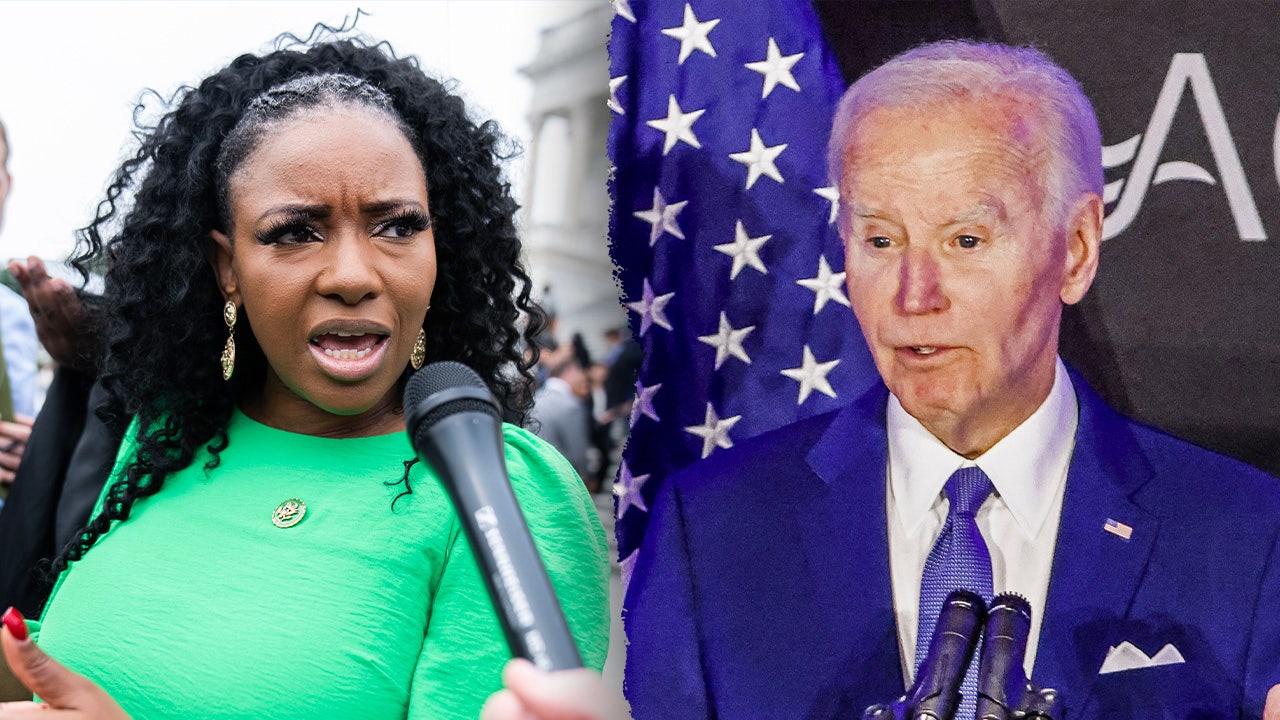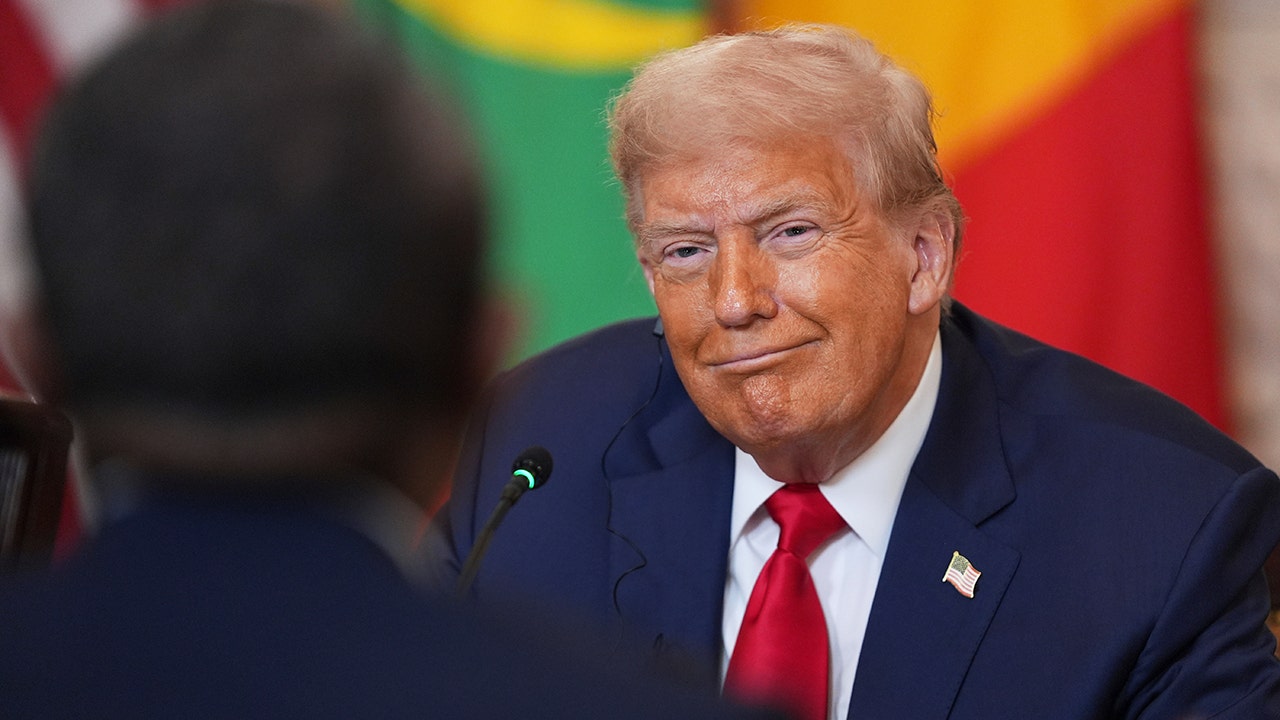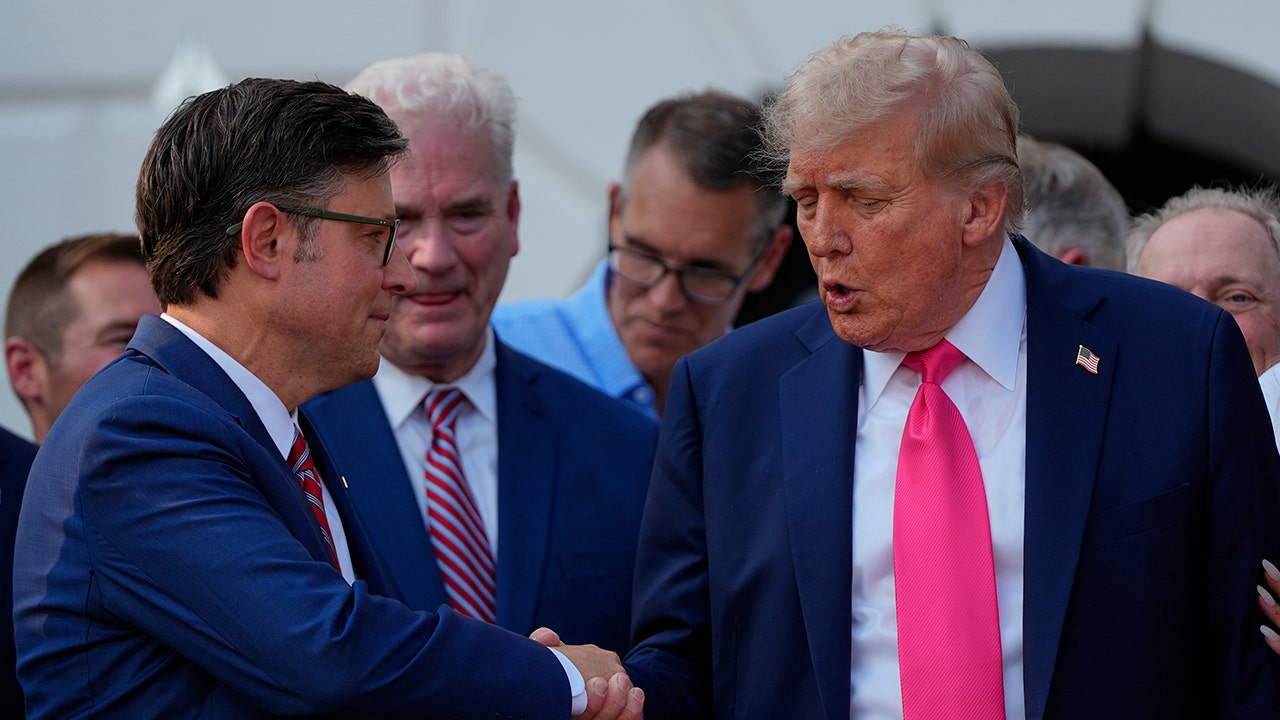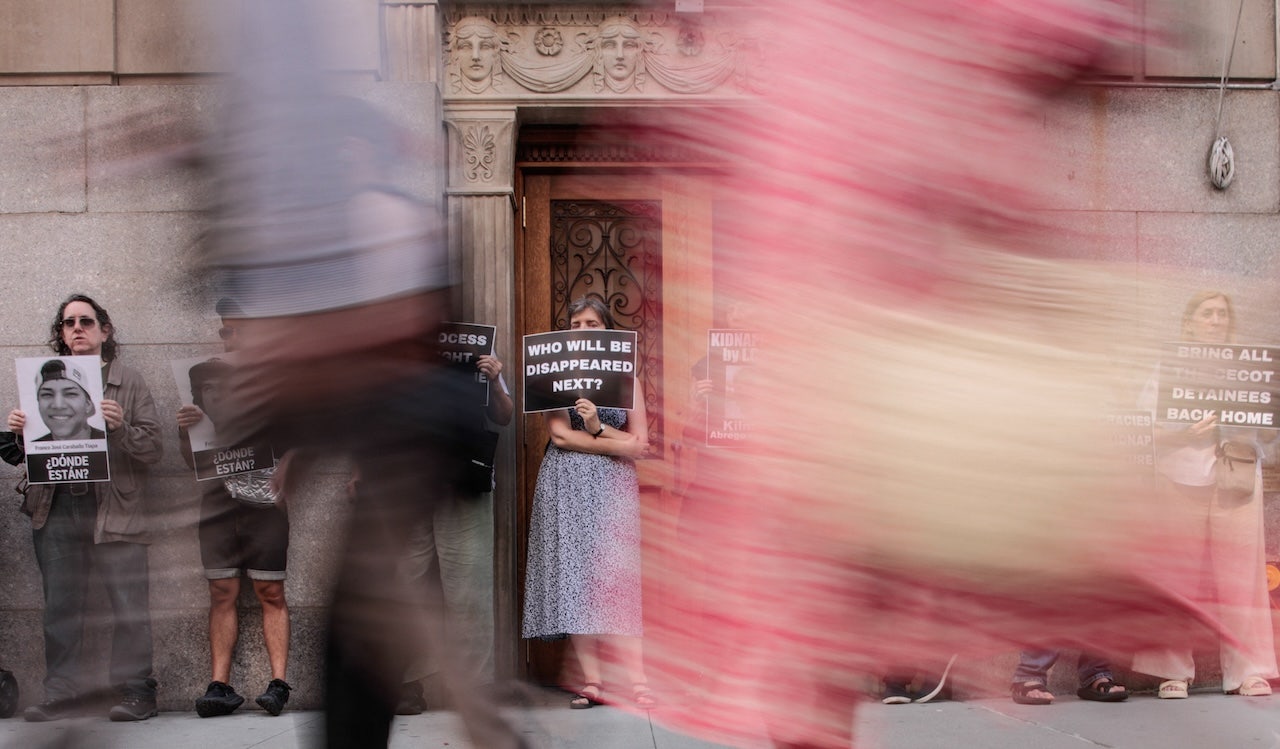Operation Gold Rush: DOJ’s $14.6B health care fraud crackdown, step by step
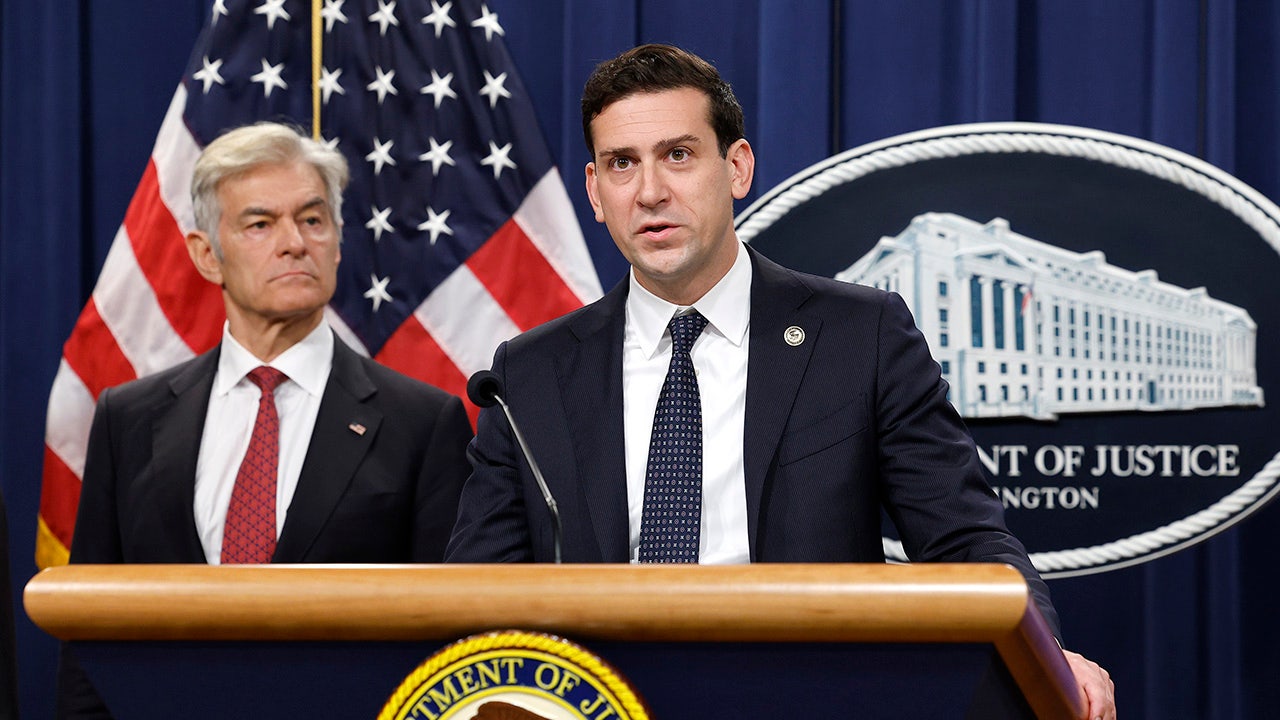
The Department of Justice (DOJ) made headlines this week with the unveiling of charges against over 300 defendants accused of defrauding Medicare and other taxpayer-funded programs. This annual event, known as a healthcare fraud takedown, has been a long-standing practice at the DOJ, but this year’s operation was the largest on record. What made this takedown stand out was not just its size, but also its focus on transnational criminals and the use of artificial intelligence.
During a press conference, Matthew Galeotti, head of the DOJ’s Criminal Division, emphasized that this takedown was just the beginning of a new era of aggressive prosecution and data-driven prevention. The charges brought against the 324 defendants involved billions of dollars in allegedly fraudulent healthcare claims, including billing for medical services that patients never received or that were unnecessary.
The DOJ official revealed that this operation was strategically coordinated to involve all new indictments, complaints, and informations. Charges were brought across 50 federal districts, all of which were unsealed during a three-week period leading up to the takedown announcement. The intended false claims totaled $14.6 billion, resulting in actual losses of $2.9 billion.
One of the key highlights of this takedown was the international scope of the fraud, with arrests made in Estonia and at U.S.-Mexico border airports. The operation, dubbed “Operation Gold Rush,” uncovered a transnational criminal organization that used foreign ownership entities to purchase medical supply companies and filed $10.6 billion in fraudulent claims with Medicare using stolen identities and confidential health data.
Furthermore, two owners of Pakistani marketing organizations were charged in a $703 million scheme where they used artificial intelligence to create fake recordings of Medicare recipients consenting to receive medical supplies. This advancement in technology by criminals is a cause for concern, according to Galeotti.
The investigation and prosecution of healthcare fraud heavily rely on data analysis. The DOJ’s healthcare fraud unit has an in-house team dedicated to analyzing data since 2018. Their techniques include identifying suspicious billing patterns and fraudulent practices, as well as spotting emerging trends in fraud activities.
Additionally, a fusion center will be established by the DOJ to combine data across agencies for a more efficient analysis process. The DEA is also involved in healthcare fraud investigations, including cases of illegal distribution of opioids and other controlled substances.
Overall, the takedown resulted in charges against dozens of medical care professionals, including 25 doctors. The DOJ’s efforts to crack down on healthcare fraud are ongoing, with a focus on using technology and data analysis to prevent and prosecute fraudulent activities.

